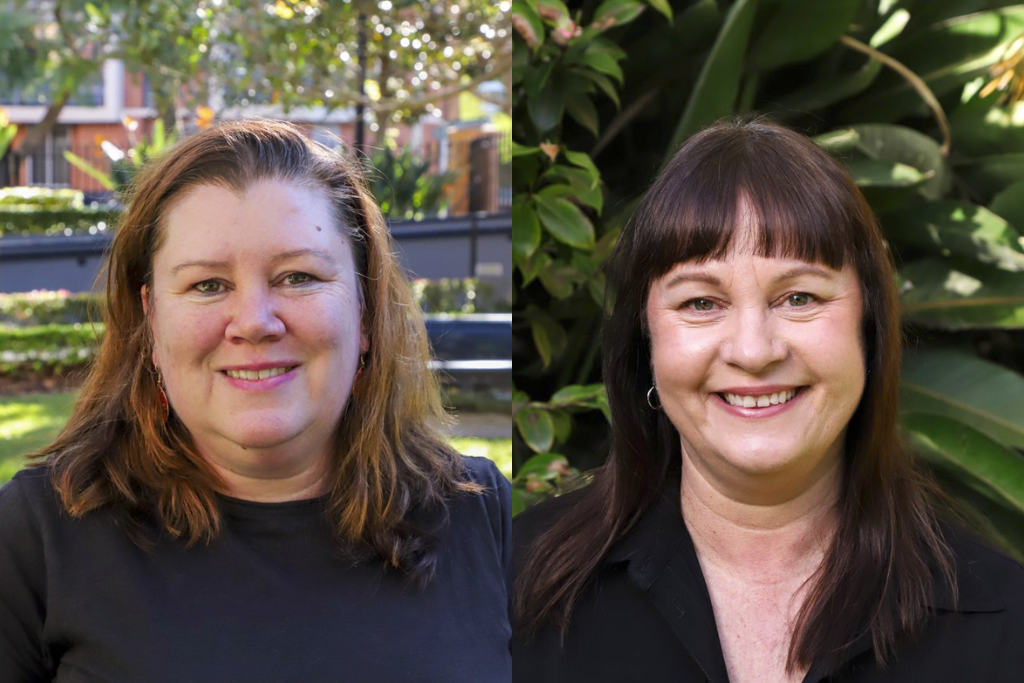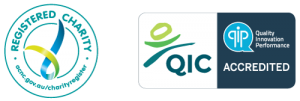
Name
Sharon Grocott
Jacqueline Mitrovits
Role
SG:
CEO of WayAhead Mental Health Association
JM:
People & Culture Advisor
Elevator pitch: Tell us about your role and the work your organisation does
WayAhead helps people to navigate the mental health system through our information services including the directory and phone line. We aim to increase help seeking behaviour while also improving an understanding of the mental health system. WayAhead’s mental health promotion campaigns provide education and awareness for individuals and communities.
Our programs and campaigns help people to feel connected and engaged on the topic of mental health. We also reduce isolation through anxiety forums and the anxiety support groups. We upskill and provide knowledge to the community about mental health (including anxiety disorders) and reduce stigma. Our resources, programs, and campaigns are informed by lived experience and evidence-based research.
SG:
My role at WayAhead is to guide the vision and strategic direction of the organisation in collaboration with the Board and staff. I see myself as a custodian of an organisation with a rich and long history of being a voice within the sector and influencing mental health reforms.
JM:
My role at WayAhead is to ensure we attract and retain the best & brightest staff who are committed to WayAhead’s vision and values.
What’s the current focus for you and your organisation in workplace health and wellbeing?
SG:
Many staff and volunteers at WayAhead have lived experience. We are looking to involve more lived experience volunteers. Our Board also has members with lived experience who contribute to the strategic direction of the organisation. There are extra considerations including risk assessment and management, and suitability of the role for a prospective person with lived experience. I believe lived experience is a great asset as it deepens recovery understanding and contributes to a more person-centred approach. I think implementing a peer support program so that we are trained to recognise changes in others to increase resilience and encourage proactive help-seeking behaviour is an important next step.
JM:
Wellbeing is very unique and varies from person to person, as an organisation we offer flexible working arrangements for all staff as well generous TIL allowances, mental health hours/days. We are always looking at ways to improve wellbeing with future initiatives such as dedicated salary packaging provider, work design, fitness and health and learning & development.
What aspect of workplace health and wellbeing does your organisation do well in?
SG:
We offer workplace flexibility and have an inclusive culture. I think we acknowledge that staff are all at different stages of life and there is flexibility in how work is designed. This includes different starting and finishing times and hybrid working. We are building connections through social activities and finding a meaningful purpose to come together. I think a thriving workforce where staff and volunteers are engaged ensures the sustainability of WayAhead’s future.
JM:
We offer free flu vaccination for staff, WFH, wellbeing challenges, EAP, flexible working options and work re-classification and design.
Wellbeing is ongoing in our organisation and our CEO and senior leadership team as well as the Board are always looking at new initiatives to enhance our staff’s wellbeing and job satisfaction.
What’s your biggest challenge working in workplace health and wellbeing?
SG:
Wellbeing has a whole person focus and it is ever changing. It is about how a person’s sense of wellbeing is fairing at a particular moment and point in time. The challenge is wellbeing is not linear and it is up and down. It is dependent upon a range of circumstances and external factors not just intrinsic factors.
JM:
As wellbeing is unique to everyone, the most challenging aspect is offering a broad cross section of products/services to cater to all staff.
What do you feel are the key issues and considerations for people working in this sector?
SG:
We would like to see lived experience as part of the core of our work. It is important to provide adequate mentoring, supervision, and support. We are building stronger foundations to build a sense of wellbeing of our workforce. The workforce in the mental health sector can burn out and become fatigued. Many of us are still recovering from Covid, where we had to quickly adapt and keep the doors open so vital services could continue to be provided to the community. It is important for mental health professionals to self-care. As a sector, I feel we are often at the coal face and I know myself, I have worked with people with very complex needs. This can be tiring sometimes so it is important to re-vitalise.
JM:
Working in the MH sector is challenging for some of our staff, and we encourage staff to take regular breaks, exercise self-care and time off when required. We also encourage staff to utilise our EAP when required.
What do you think the future of workplace health and wellbeing looks like?
SG:
The workplace of the future is interesting as there are many different generations and all have different needs based on the transition point in their life e.g., whether it is their first job, or they have become a new parent and returned to work, planning retirement or semi-retirement. It is about diversity and inclusion in the workplace and meeting the needs of different generations. Workplace design is very relevant and I don’t just mean ergonomics or the physical demands. With hybrid being here to stay it is about connecting staff, reducing loneliness, and enhancing social support.
JM:
I believe wellbeing will evolve significantly over time with many employers including wellbeing as part of their strategic plan and a broad offering of many services with focus on work/life balance and self-care.
We have seen many changes to the “traditional” workplace since the beginning of COVID in 2020. Prior to 2020, almost no-one WFH and now there is an expectation that employers offer flexibility in work hours, work design and WFH.
What are your key practices and priorities for your own wellbeing at work? What about your team’s?
SG:
I ‘fill my cup’ during my early morning walk. I am surrounded by bushland and very lucky to live in a suburb where I can enjoy parkland. Our staff are all unique and have their own individual way of nurturing their wellbeing. As a leader it is important to role model self-care. This might even be making time for lunch or taking some time back for myself when I have worked many hours outside of work hours. Jacquie has outlined all the wonderful supports on offer such as EAP. Jacquie recently spoke to the team about psychosocial risks and controls.
JM:
Personally, I believe having a clear divide between work and personal time is crucial to my wellbeing. Switching off all devices and being present is vital not only for my wellbeing but it also allows me to do my job more effectively as I have a clearer focus.
How does WayAhead Workplaces bring value to your organisation’s work, and to yourself as a professional
Workplaces enables and empowers organisations across sectors (government, non-profits, business including different industries – finance, retail, health, etc) to share and grow knowledge on wellbeing strategies. I have seen how valuable it is in learning about the latest research on wellbeing, sharing what works and engaging in conversations about wellbeing. For me as a professional, I have been learning so much through workplaces. I am being challenged by new thinking and ways of working.


